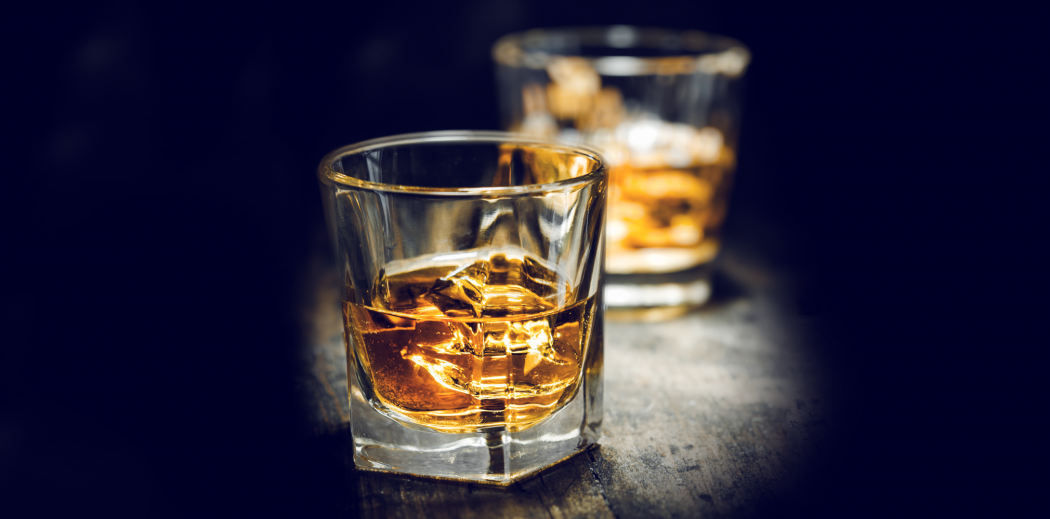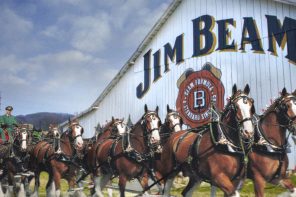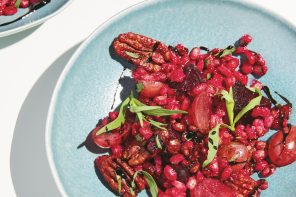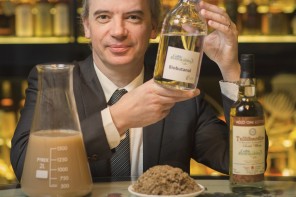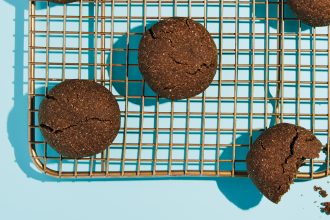Scotch is what one might call a distinguished beverage. Scotch is also what one might call an acquired taste.
One of the things that keeps drinkers away from certain scotches (aside from the price point and the reputation they have for being an old aristocrat’s drink) is their characteristic smokiness. For the uninitiated, the deep and dark smoke flavors that permeate almost every aspect of certain brands are simply too much to take. On the other hand, the special smokiness we associate with the drink is also what draws so many people to it. It’s a singular and incredibly divisive characteristic.
Whether you crave the smokiness of scotch or want to stay as far away as possible, it all begs the question: what actually makes scotch smoky? Does it sit in pits full of charcoal? Is it a magical Celtic smoke spell? Was it bottled next to a campfire?
The answer is, more or less, dirt and moss. The secret behind that smokiness some of us have come to love and some of us have come to fear is a substance called peat.
Merriam-Webster defines peat as “partially carbonized vegetable tissue formed by partial decomposition in water of various plants (as mosses of the genus Sphagnum),” but there’s a simpler definition, don’t worry.
Peat is a soil-like material that is made up largely of dead moss and other vegetation. Because this moss lives in moist, boggy areas, it is prone to decomposition and integration into the dirt. If it helps, just think of peat as a cocktail made up of one part mud and one part super rich and velvety moss.
When peat is harvested it is most often cut and dried into brick form, which is why it’s so useful. These bricks of decayed moss, nutrients and carbon-rich dirt burn like crazy, and were once considered to be a great source of fuel. (In 1929, 40% of all the energy in the Soviet Union was produced by peat burning plants.)
Makers of scotch also burn peat, but not to power their distilleries or generate energy for northern Scotland. During the “malting” phase of scotch production, barley grains are put in a wet and warm environment. This will activate enzymes inside of the barley (fool the seeds into thinking they’re sprouting) which will in turn break down fibers inside of the grains and allow sugars and proteins to be produced. These sugars will eventually flavor your scotch and also act as “food” for the yeast during fermentation.
Before the process continues, these barley grains are dried out and lightly roasted for flavoring. Cellarmen will rake the barley out over the floor in a wide concrete and oven-like room. They will then stoke fires underneath the floor of this room in order to dry out and roast the grains.
The catch is, makers of smoky scotches will burn peat in these fires. That peat smoke will consequently impart a robust smokiness to the grains and eventually the whisky as a whole. Some scotch producers hardly use peat at all, which is why some scotches aren’t all too smoky. Others (particularly in the Orkney Islands) will burn peat over these fires for up to 18 hours, which makes a super smoky scotch.
Whether or not scotch makers first burned peat for the now trademark flavor it imparts, or just because it exists in abundance in Scotland and burns really easily is a question we can’t answer. Whether the origin was one of practicality or of flavoring, peat is now critical to the industry. In fact, shortages often cause panic in the ranks of drinkers and producers who crave smoky flavors, and many distillers are cutting back on the amount they use.
Peat may not be all too glamorous, it is decaying moss and dirt after all. But it does give us one of the most identifiable flavors in the great wide world of drinking, and for that we owe it thanks.
(Plus, peat powered the Soviet Union for about 35 years, which is ridiculous enough to be worth a second mention.)

